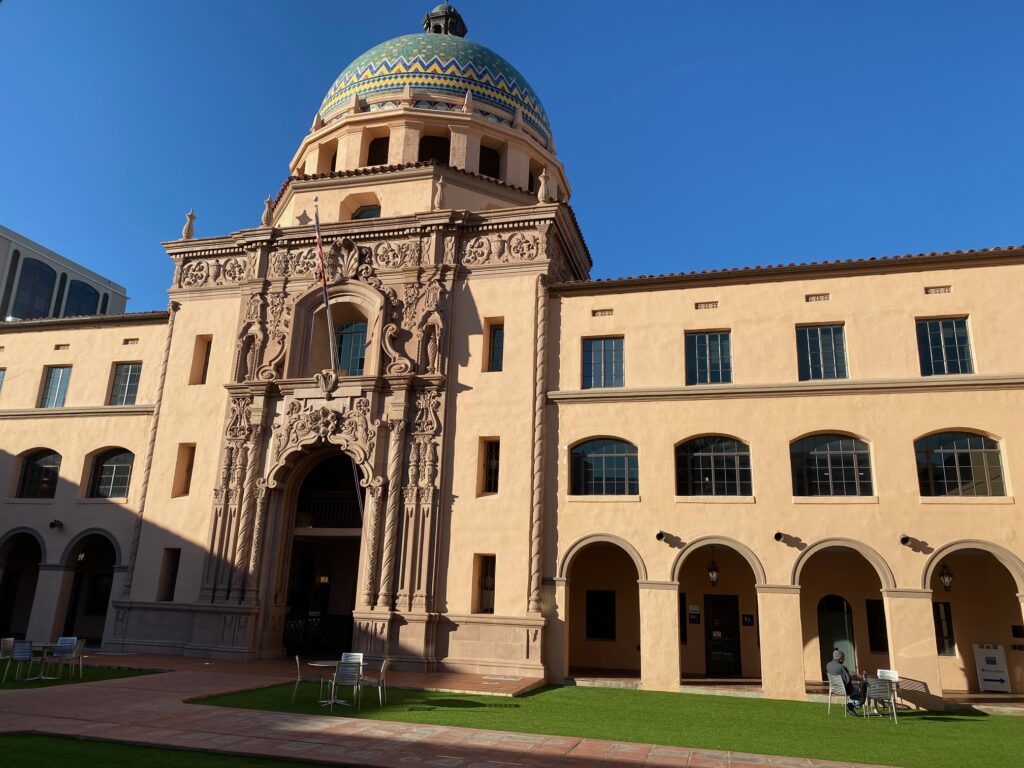
The Alfie Norville Gem and Mineral Museum is one of the newest, most beautiful gem and mineral museums in the world. It is dedicated to providing public education and the preservation of minerals and meteorites. The collection is worldwide in scope but with specific emphasis on the minerals from Arizona and Mexico. The Museum was completed in 2020 and officially opened in 2021. The Museum houses the University of Arizona Mineral collection which has specimens dating back to 1892 which were housed in the original University of Arizona Mineral Museum which was founded in 1919.
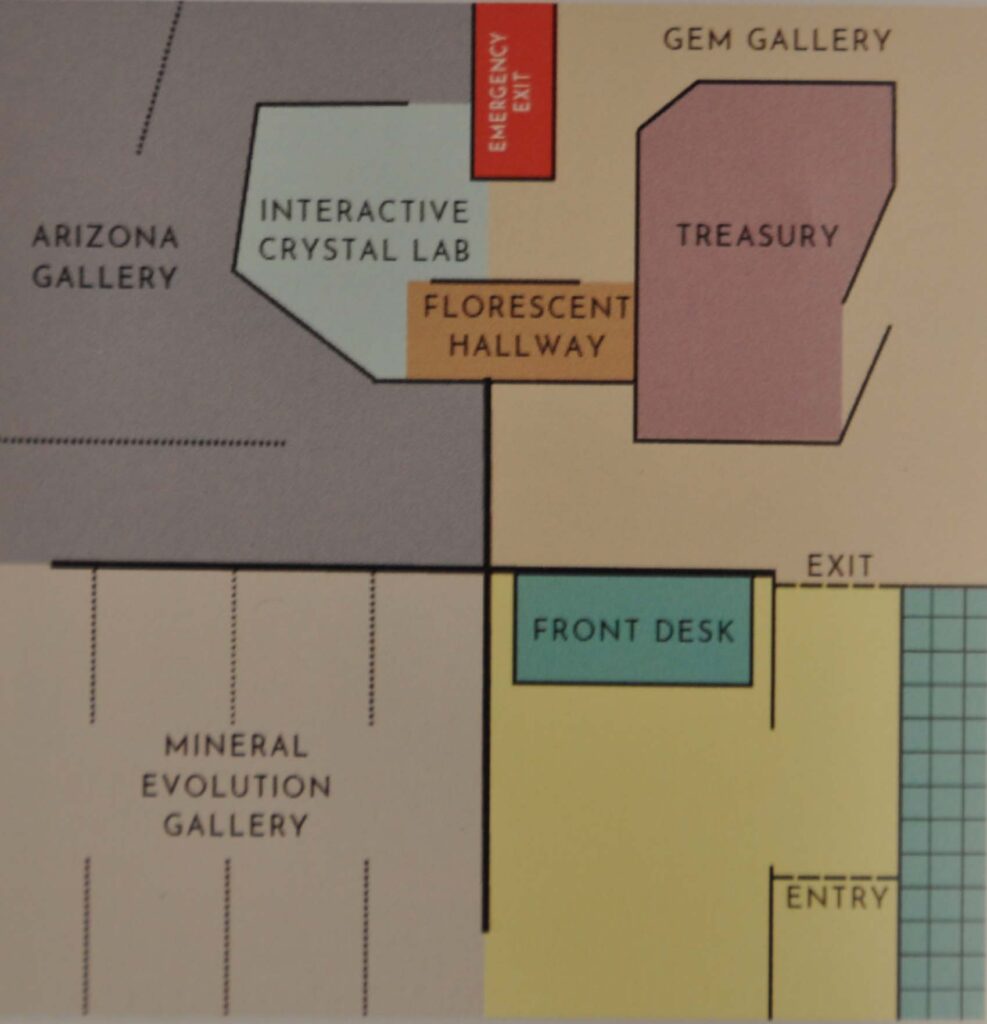
Please keep in mind that this pictorial article is just meant to whet your appetite and, really, a visit to the museum is a much better way to view the artifacts and learn from the wonderful exhibits.
The current collection and exhibits are a combination of the old U. of A. collection and many more recent loans and donations by noted institutions and individuals. Senior, noted collectors such as Gene Meieran, Les Presmyk, Peter Megaw and Evan Jones have loaned many, many spectacular specimens from their museum quality collections to "the Alfie" for extended periods of time. The museum has been blessed with many permanent loans and donations over the years as well. All donors and loaners are acknowledged on each specimen's labels.
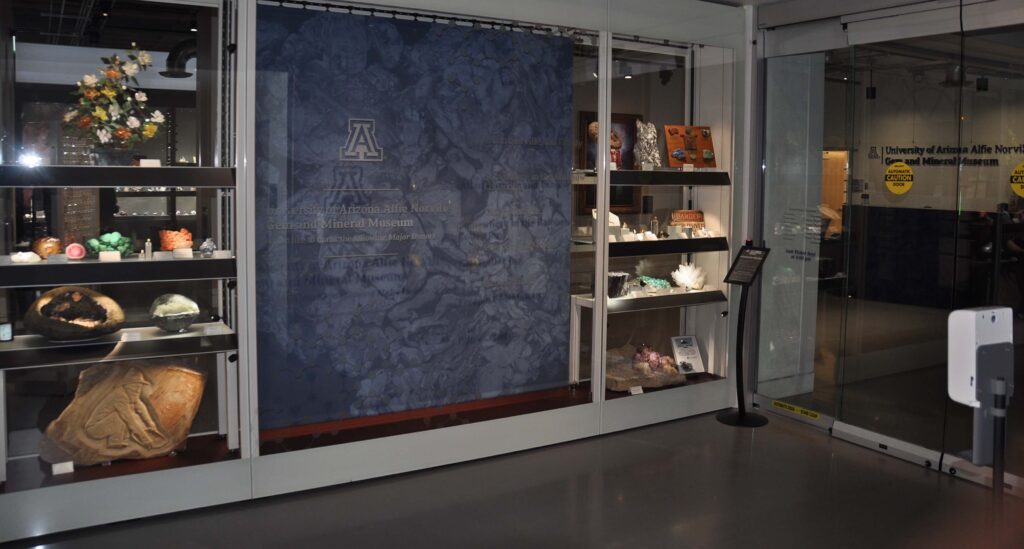
The Museum is divided into several different galleries, with different themes. The first gallery is the "Mineral Evolution Gallery" conceived by Drs. Robert T. Downs and Robert Hazen. This gallery is unique in that it examines the evolution of minerals from the 50-60 minerals that much of the Universe was originally made of, to the over 5500 that are present in the Earth. The gallery examines the geological and biological processes that have resulted in the vast mineral diversity that we encounter throughout the world.

The study of meteorites, asteroid fragments and rocks on the Moon and Mars help scientists better understand the origins of the universe and, of course, our solar system and the formation of the Earth. The Mineral Evolution Gallery has an excellent array of "space rocks", including some that have been picked up on the Moon and Asteroid Bennu.
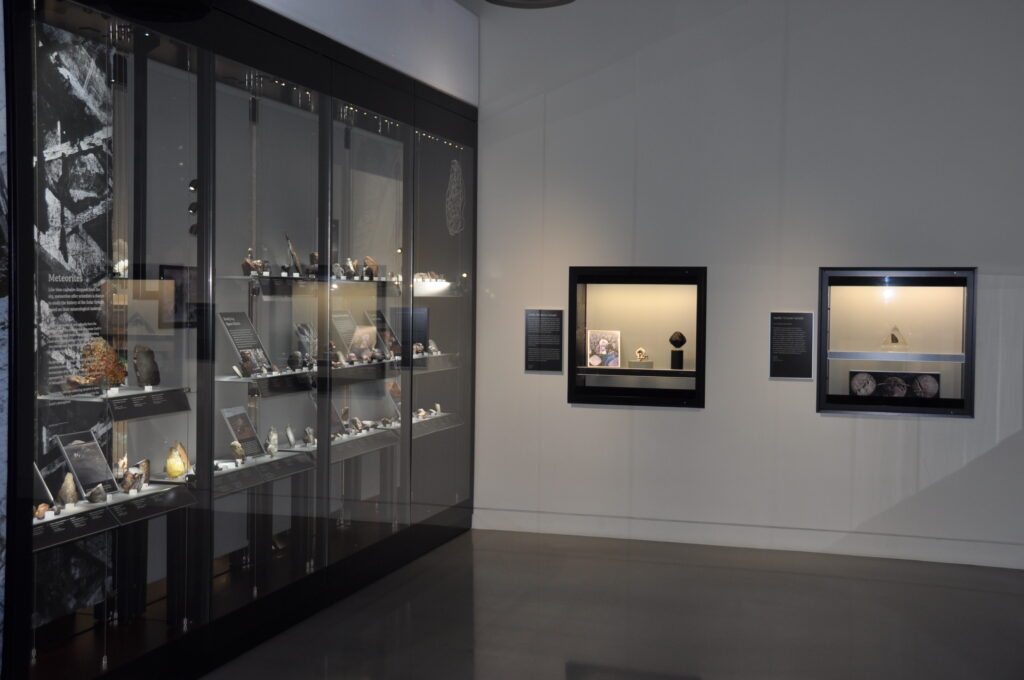
It may not be apparent from my poor quality photographs but the lighting in the various exhibit cases is phenomenal! Each case has lights that can be focused and moved to highlight special attributes and depth of each specimen. You'll have to visit the museum to witness the great exhibits, yourself!
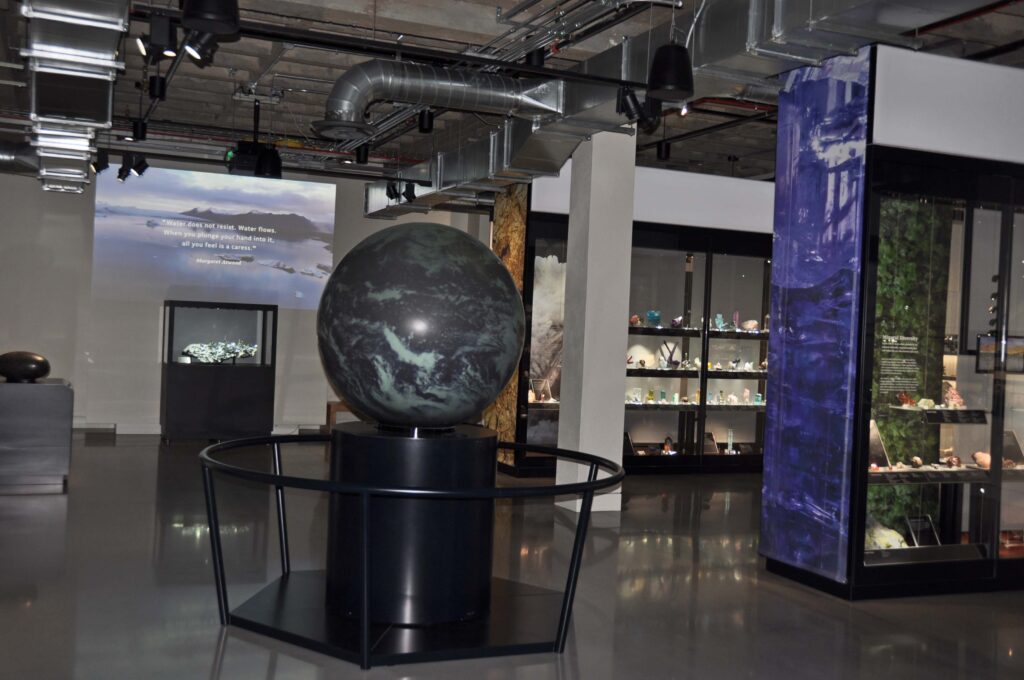
The various alcoves highlight the different geological processes that have resulted in the mineralogical diversity that we can observe and that collectors enjoy on Earth: rock forming minerals; biological processes; pegmatites; plate tectonics; etc.

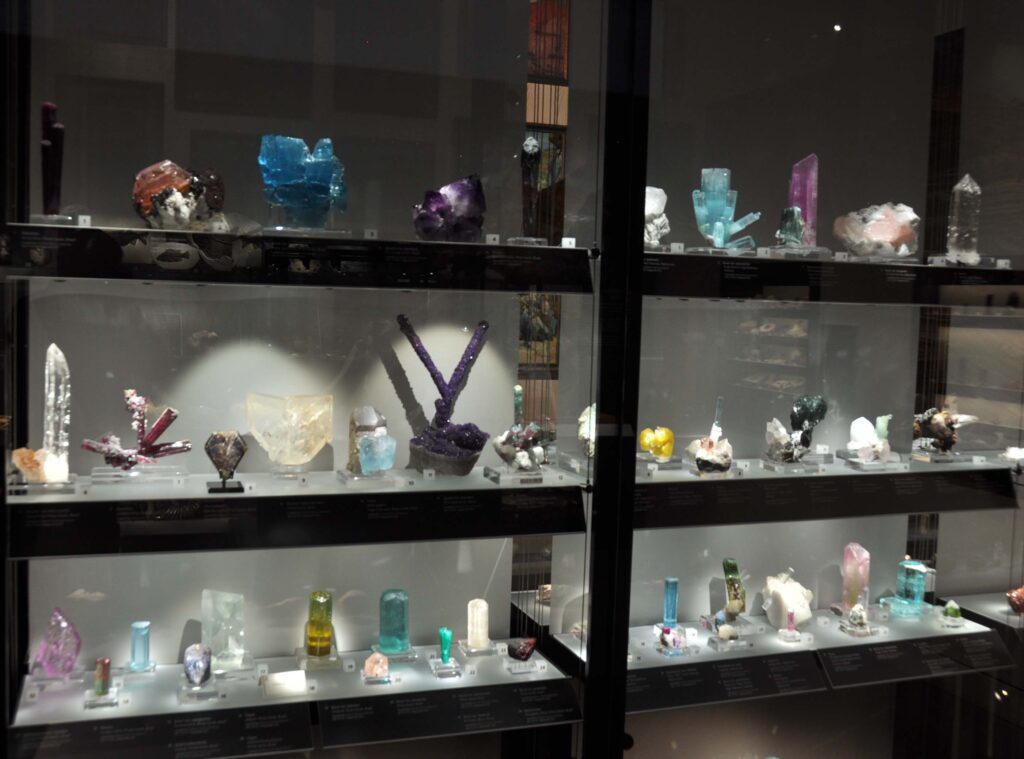
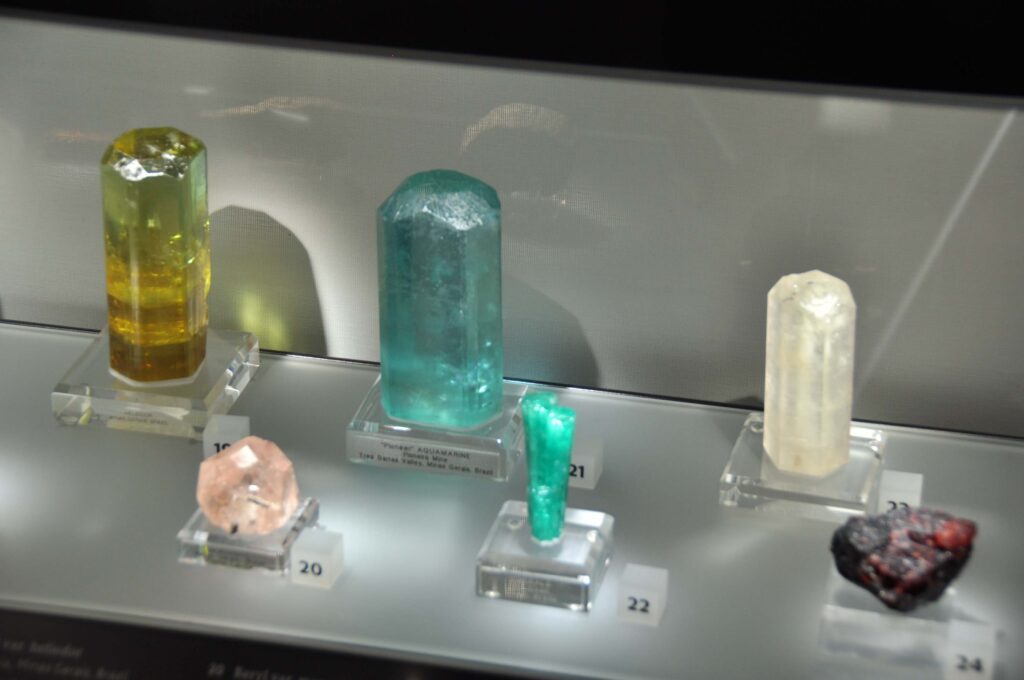
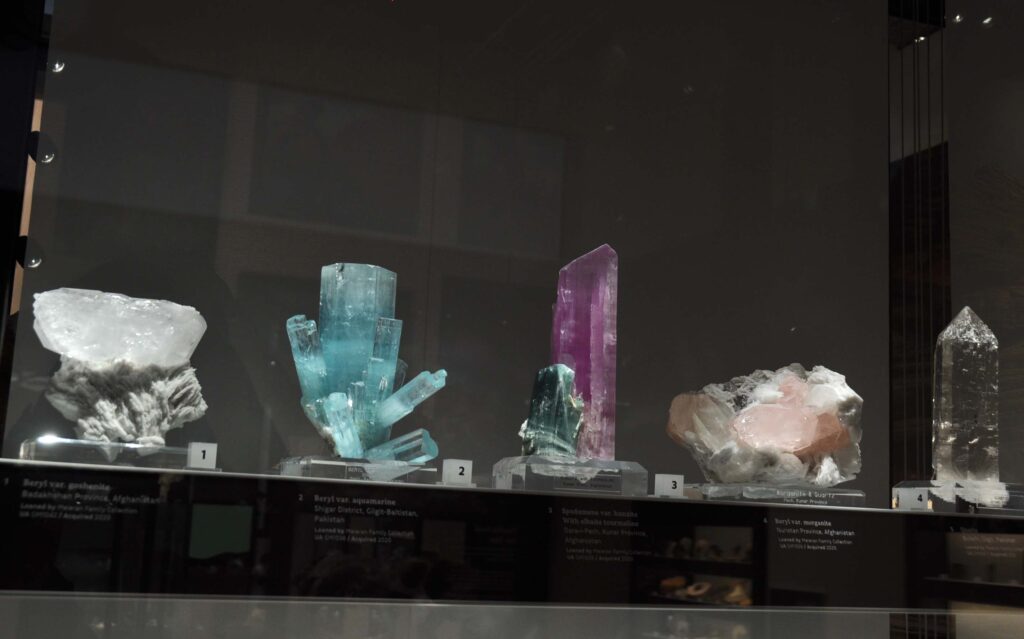
A museum in Arizona probably SHOULD have a gallery dedicated to excellent mineral specimens that illustrate its geological and mining history. The Alfie Norville Gem and Mineral Museum does! As well, though, the museum recognizes that geological boundaries transcend political borders and, as such, BOTH Arizona and northern Mexico minerals are featured, since both have similar geology and mineralogy.
The Arizona-Mexico Gallery starts off with an exhibit featuring the mineral turquoise plus a number of carvings and jewelry featuring that mineral. Arizona is famous for turquoise which has been used for ornamental purposes by aboriginal and settler inhabitants of the area for many centuries.

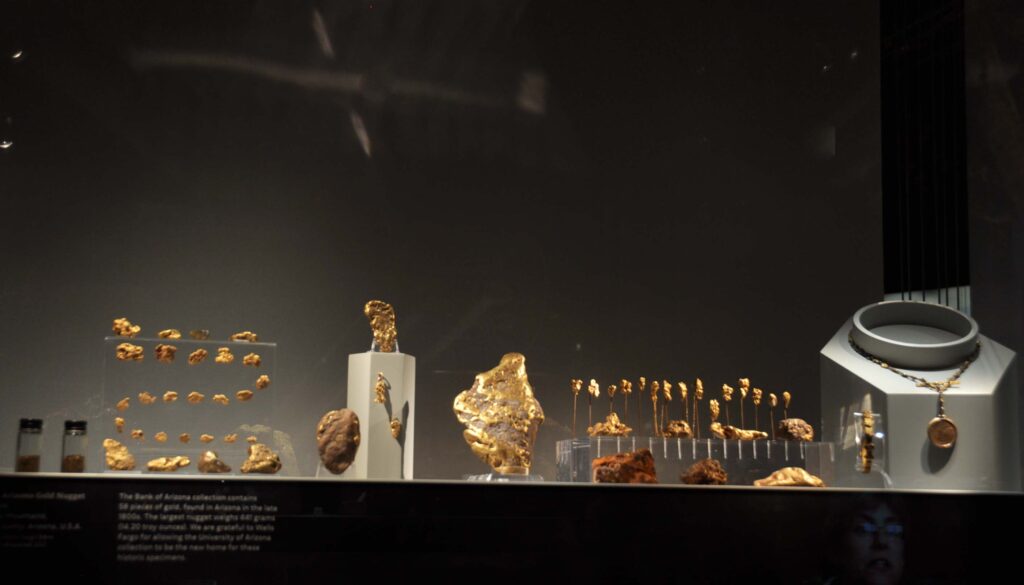
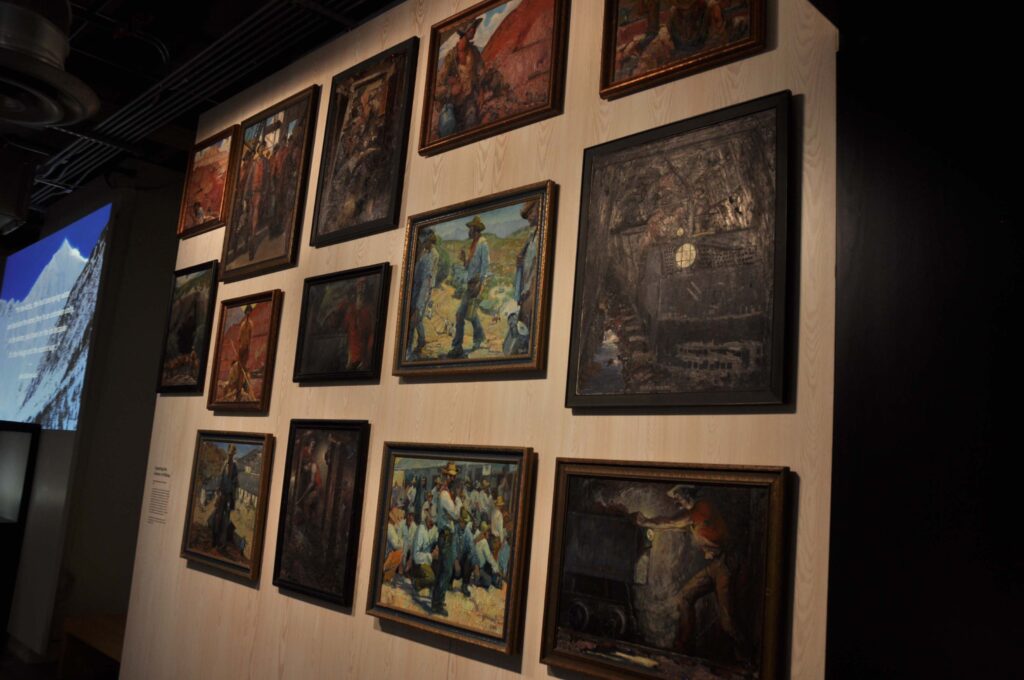
Next is a gallery that exhibits spectacular minerals from Arizona and Mexico, including a special area dedicated to the renowned mines of the Bisbee area. The copper ore deposits at Bisbee were discovered late in the 18th century and were largely composed of oxidized minerals, many of which occurred in unusually beautiful crystallized specimens.
Bisbee was one of the earliest significant mining areas in Arizona. Over its lifetime, it produced billions of pounds of copper metal, a very important commodity during the "electrification of America" period. While mining such huge amounts of copper minerals, many, many superb mineral specimens were recovered and preserved by miners and staff. Much credit goes to management of the mines, in the early days, who encouraged the recovery and preservation of mineral specimens. The Arizona-Mexico Gallery starts off with a major tribute to Bisbee, showing many bits of Bisbee mining memorabilia, mineral specimens, mining methods plus a reconstructed underground mining scene showing idealized in-situ mineralization and tools.
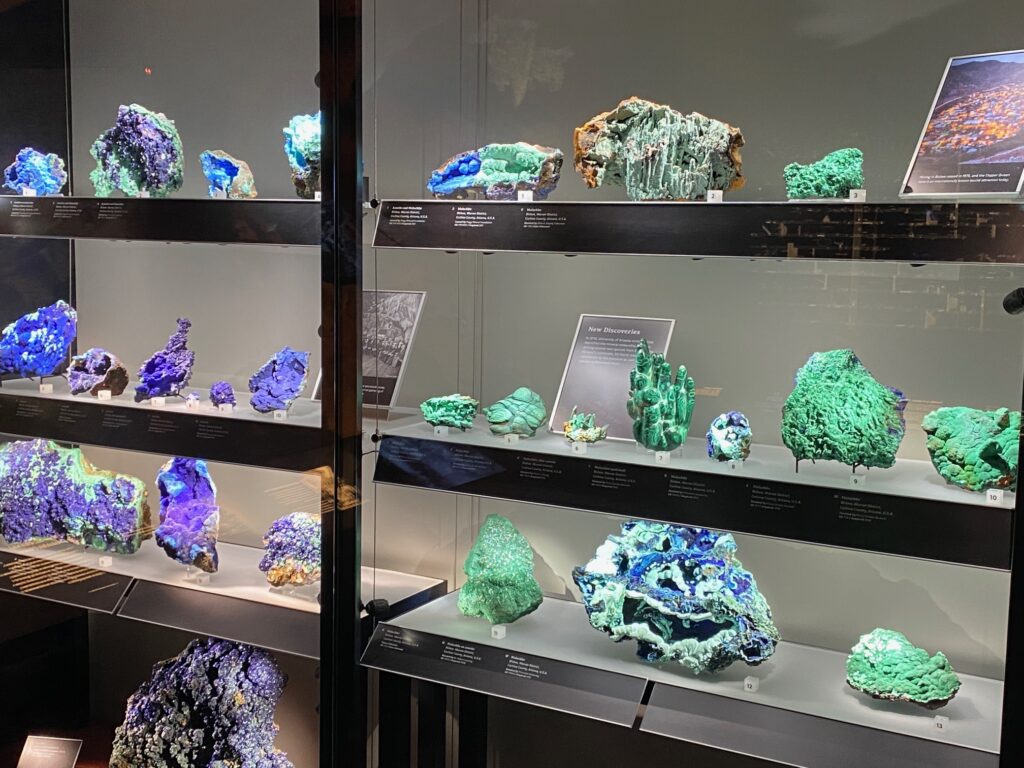
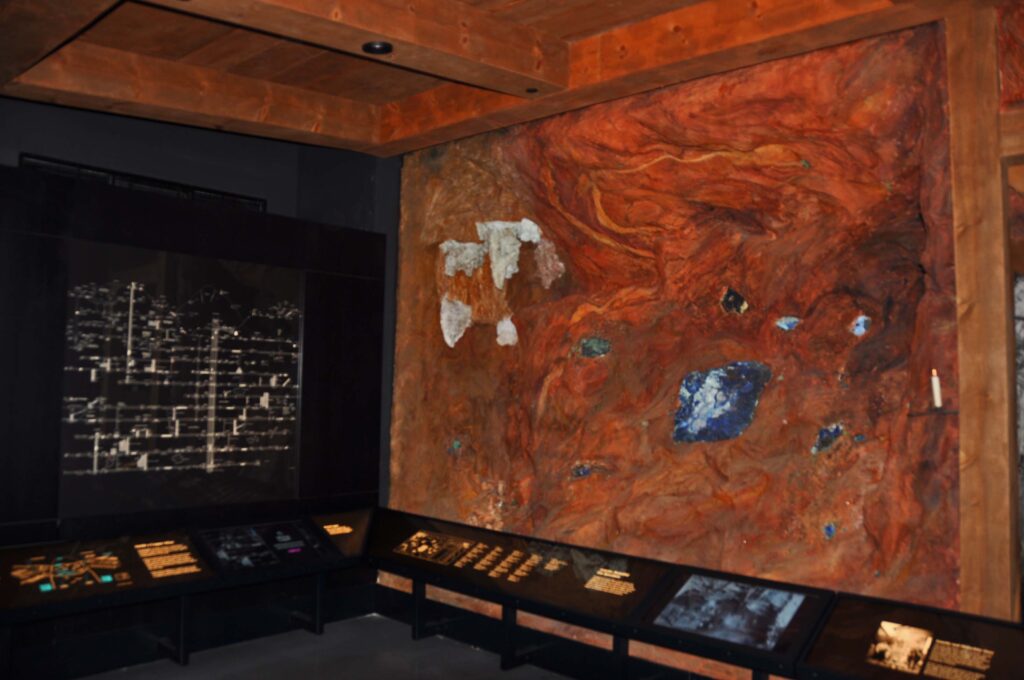
After the dedicated Bisbee exhibits, the gallery opens up into a room dedicated to minerals from just north and south of the border in geologically related Arizona and northern Mexico.
The geology of Northern Mexico and Southern Arizona is fairly similar, consisting of highly oxidized, weathered rocks, minerals and orebodies. As one might expected, the minerals are fairly similar, as well. Both areas are famous for world class specimens of wulfenite, cerussite, vanadinite, azurite, malachite, etc. As well, rare minerals such as leadhillite, smithsonite, aurichalcite, caledonite, linarite and many more occur in excellent crystals, many of which are on display at the museum.
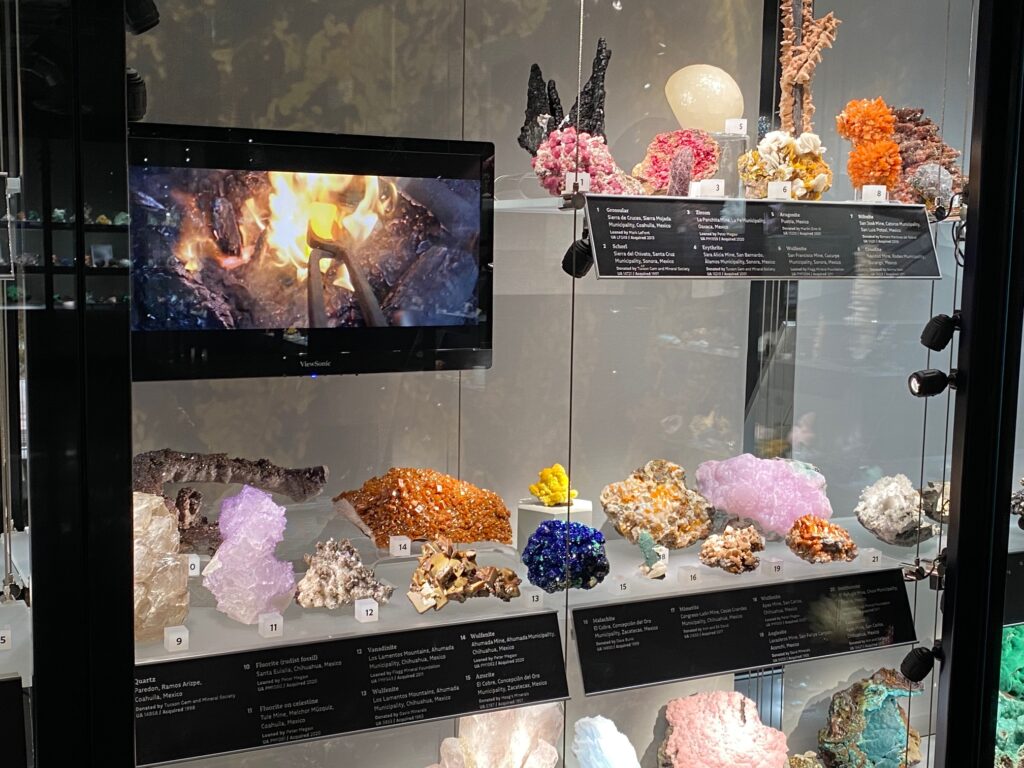

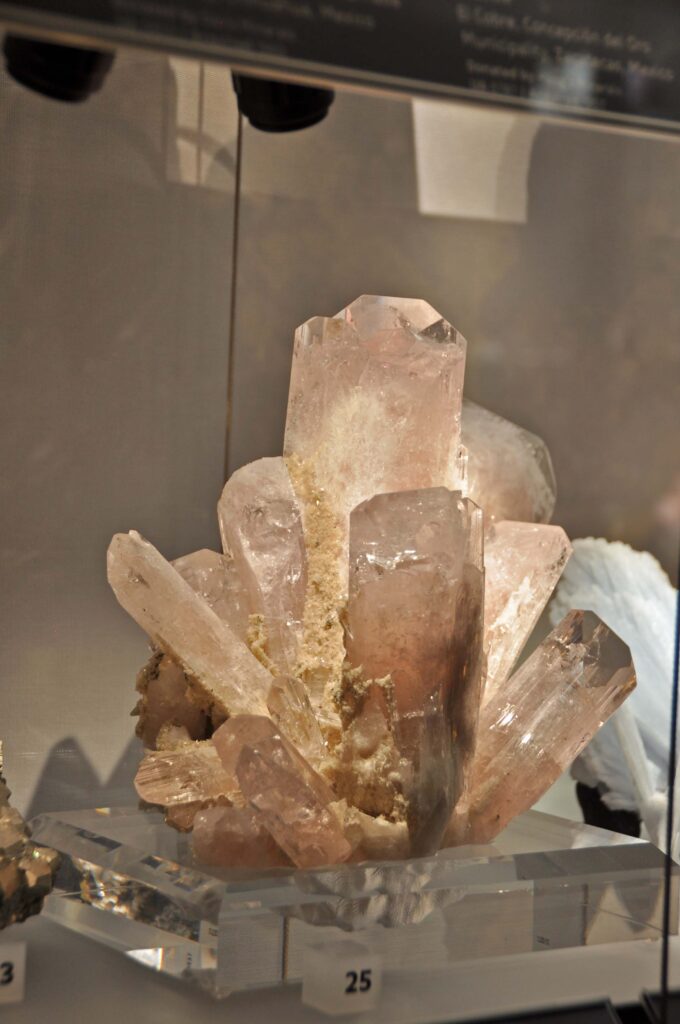


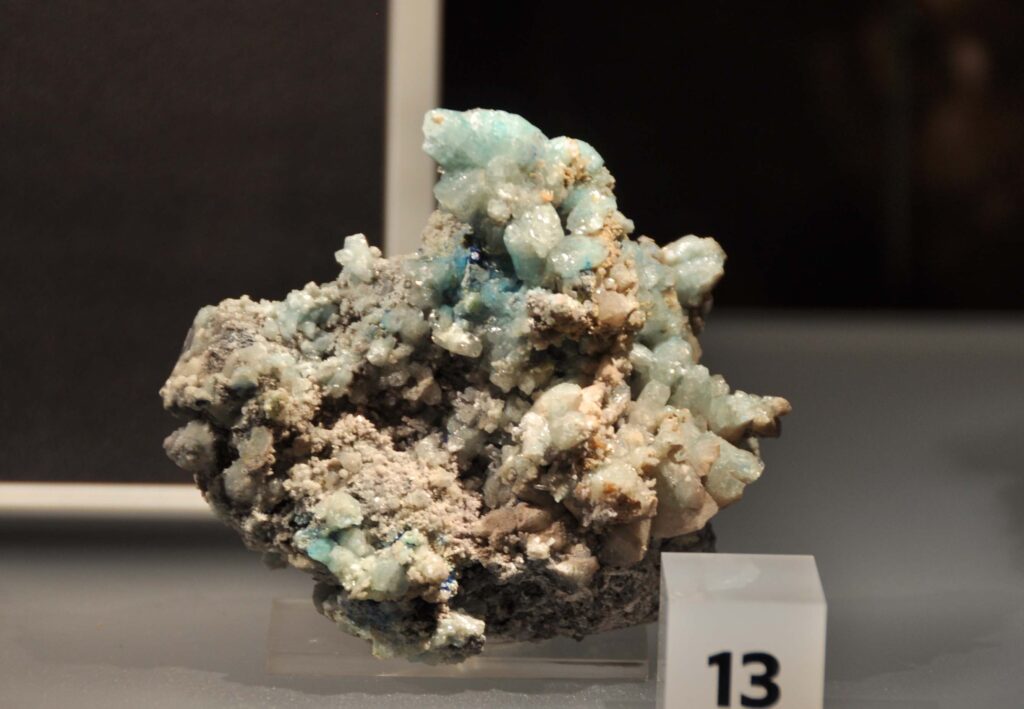

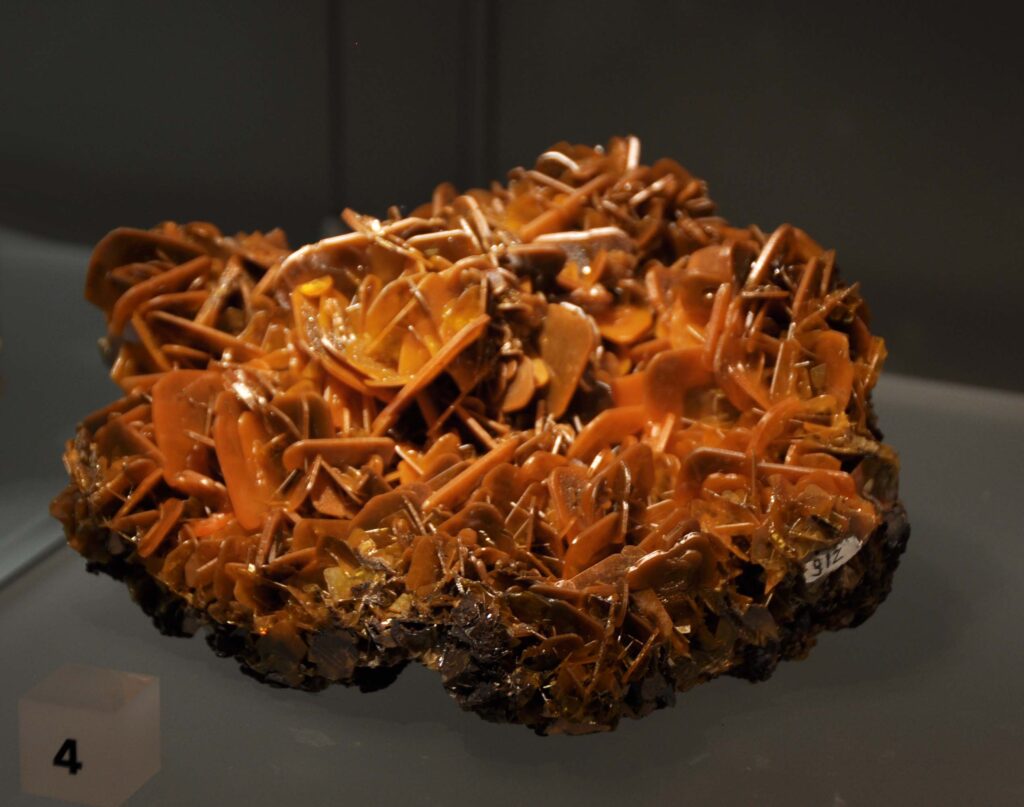
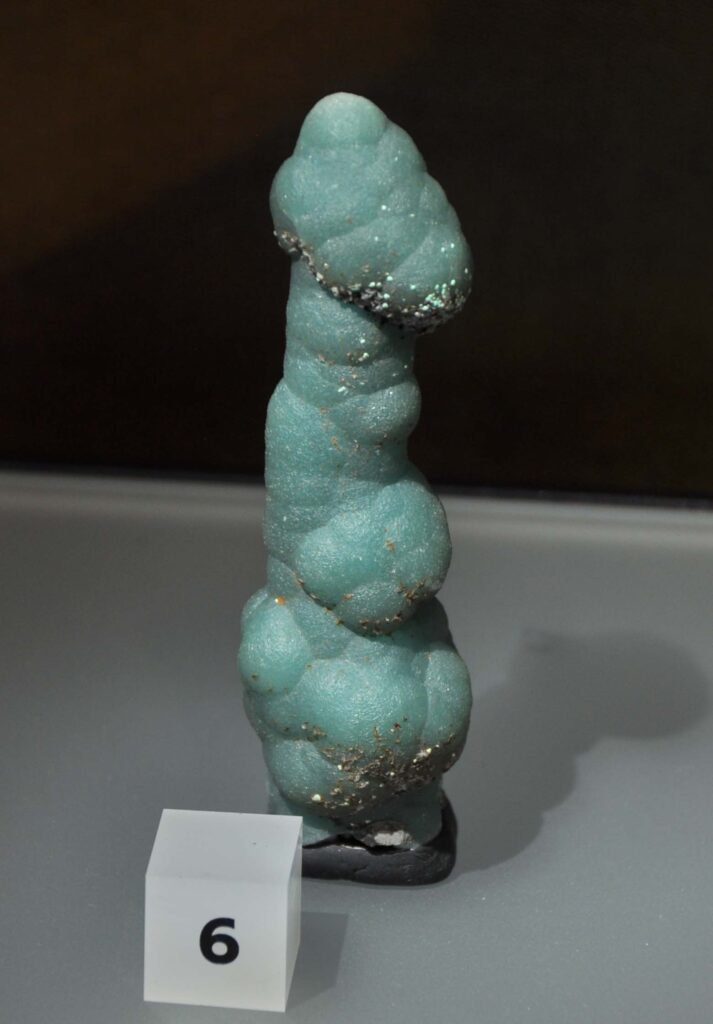
The Museum has three cases of vibrant, fluorescent minerals assembled by well known fluorescent specialist George V. Pohlman. The cases include many well known and unusual fluorescent minerals from AZ and the world plus a case of fluorescent gemstones! People can observe the specimens in natural light as well as fluorescent light. with the push of a button! All of the examples are well identified and labelled.

Following the Arizona Mexico exhibits are a number of special mineral exhibits, featuring various collectors, mineral clubs, Museum Docents, and special exhibits.
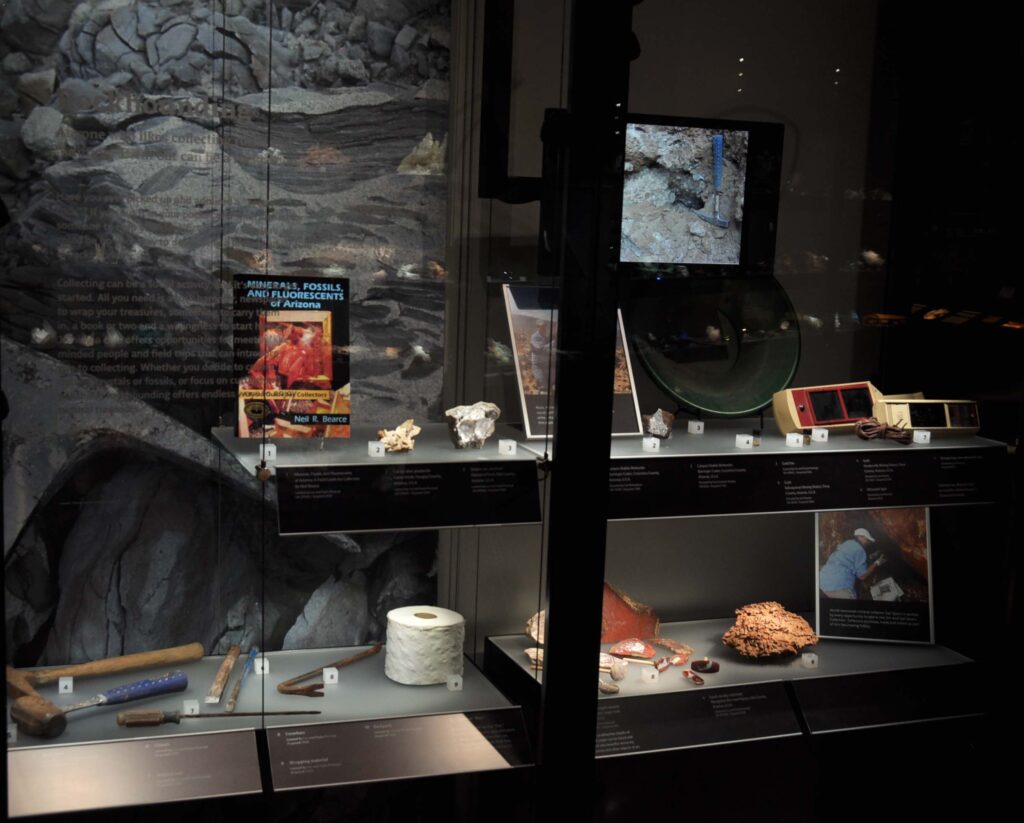
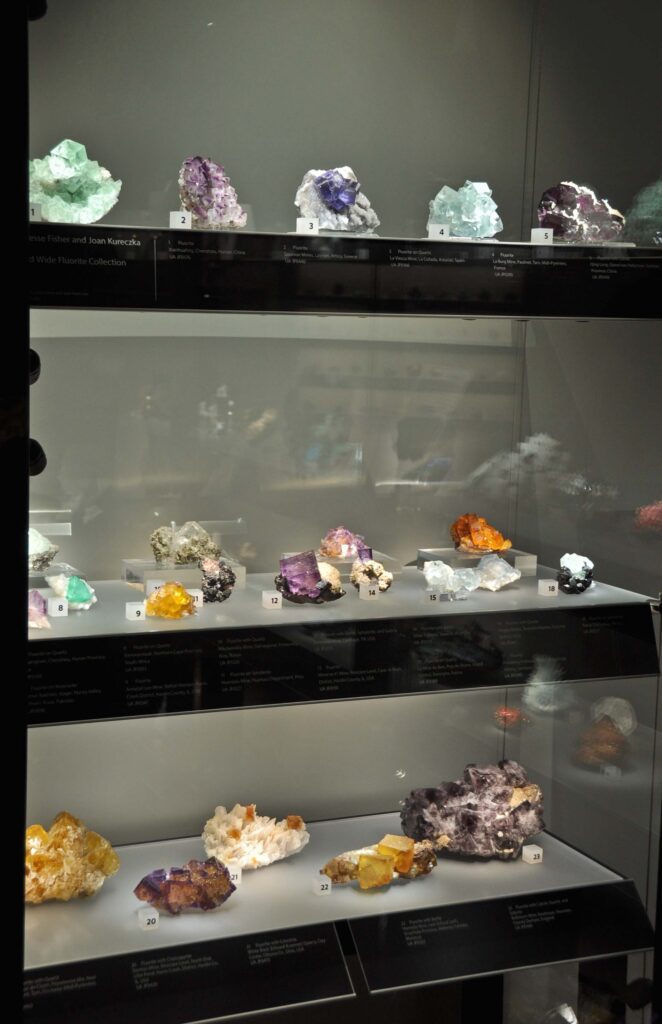
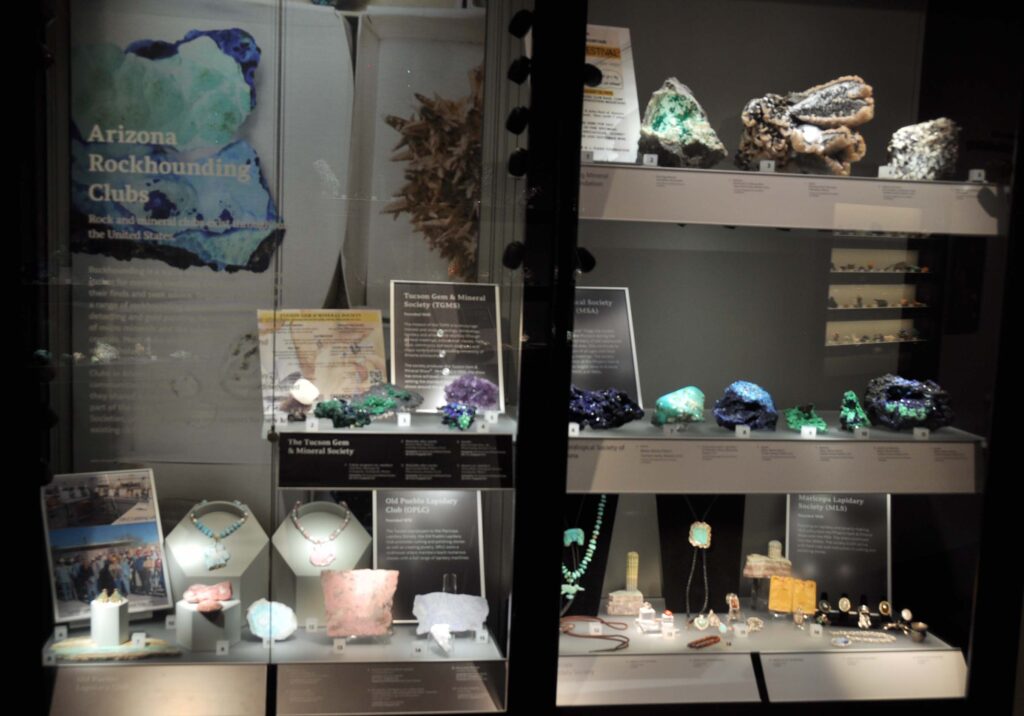
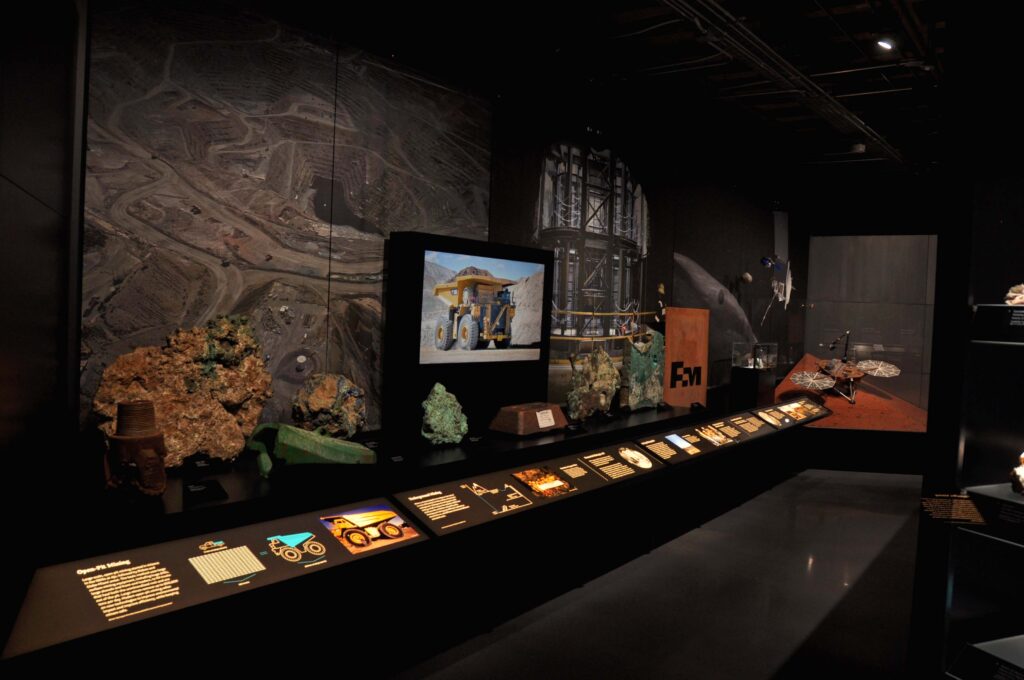

A large part of the focus of the Alfie Norville Gem and Mineral Museum is....Gems! There are some beautiful gems, jewelry and objet d'art on display at the Museum starting with "The Treasury", a gallery filled with gems, jewelry and gem mineral specimens, many on loan from "Somewhere in the Rainbow: A Modern Gem and Jewelry Collection".
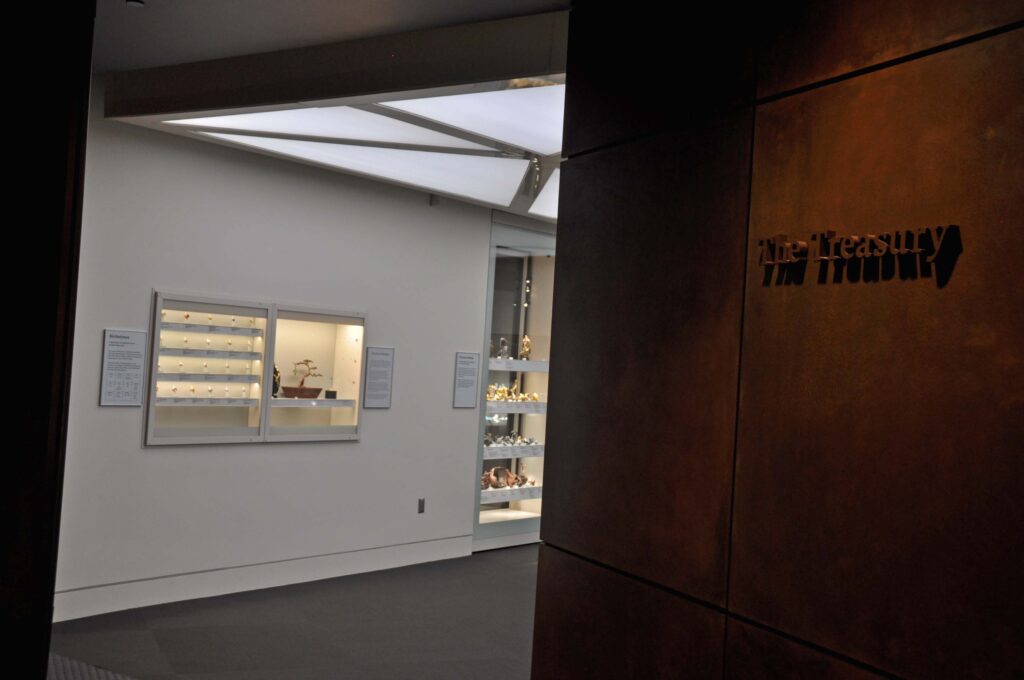

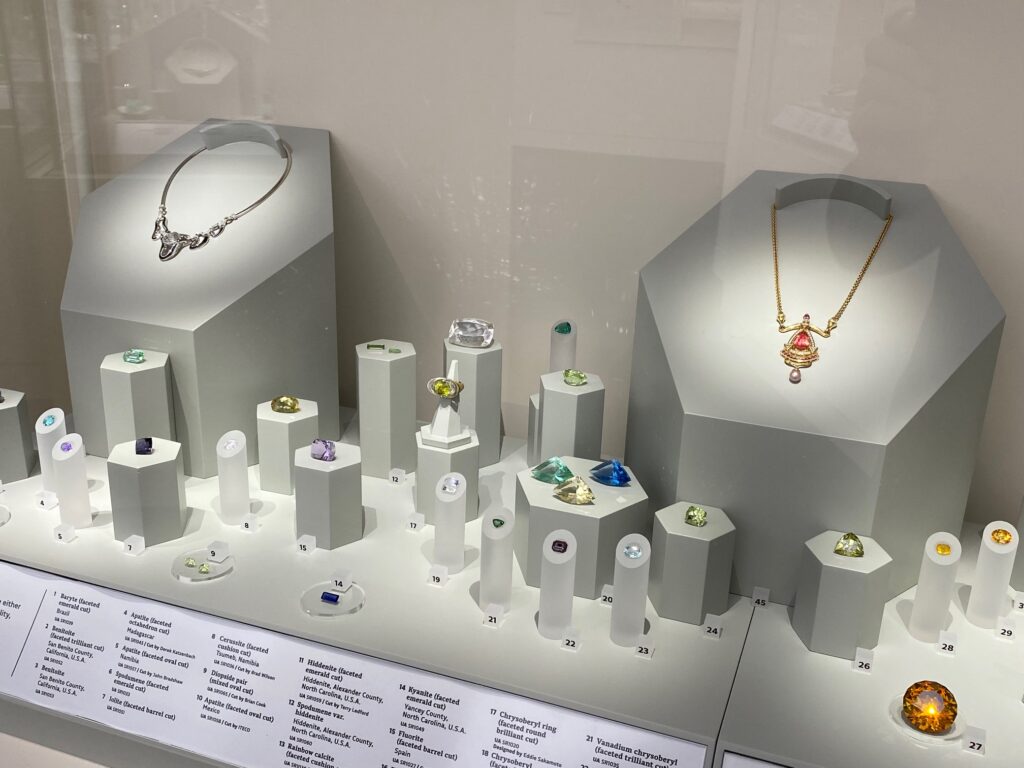
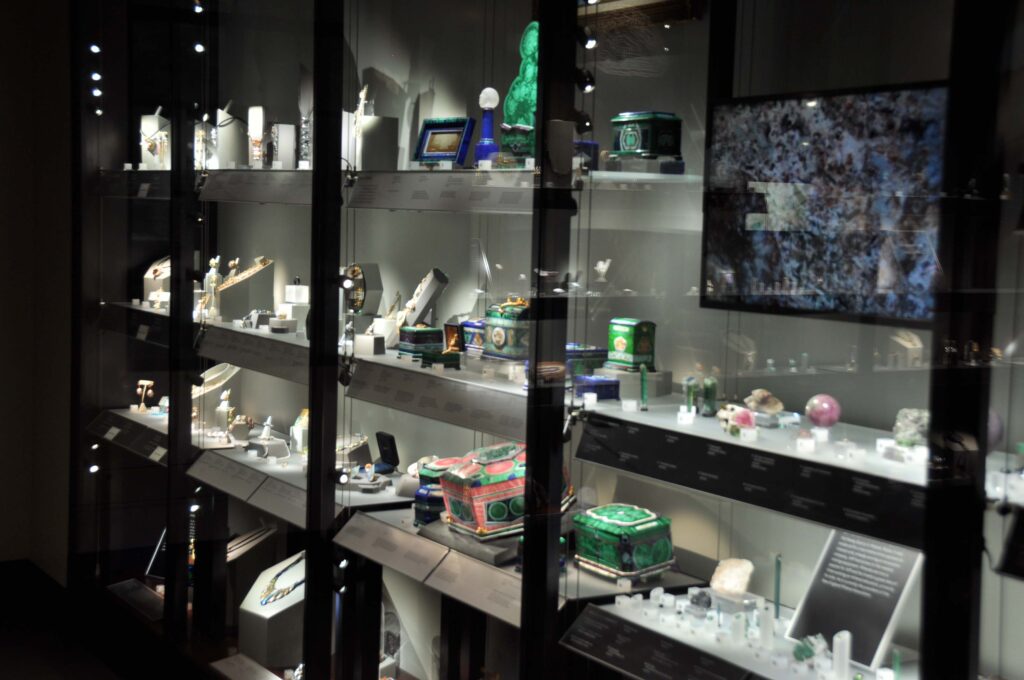
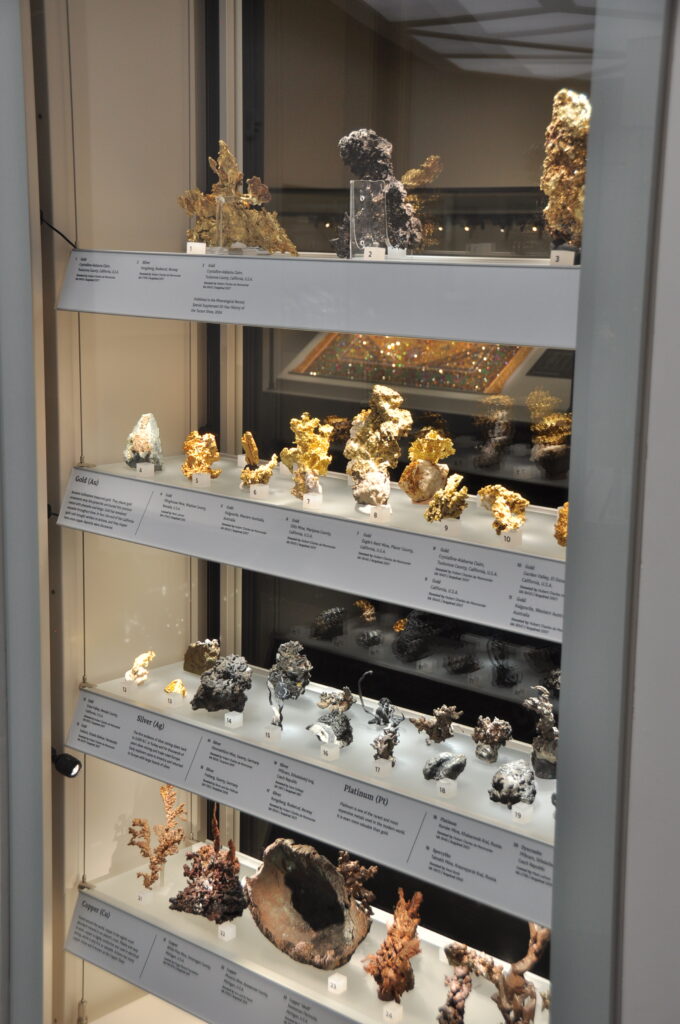

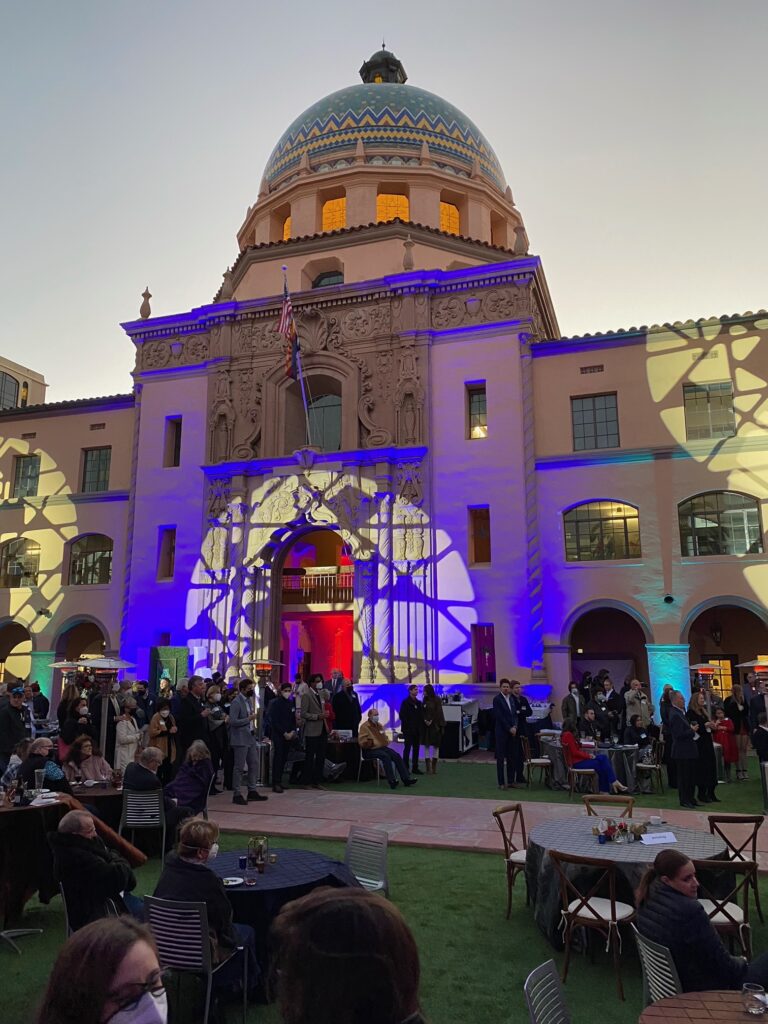
The Alfie Norville Gem and Mineral Museum is a brand new, state of the art, gem and mineral museum! Try to take time to drop in, Tuesday to Saturday, when you are next in Tucson!